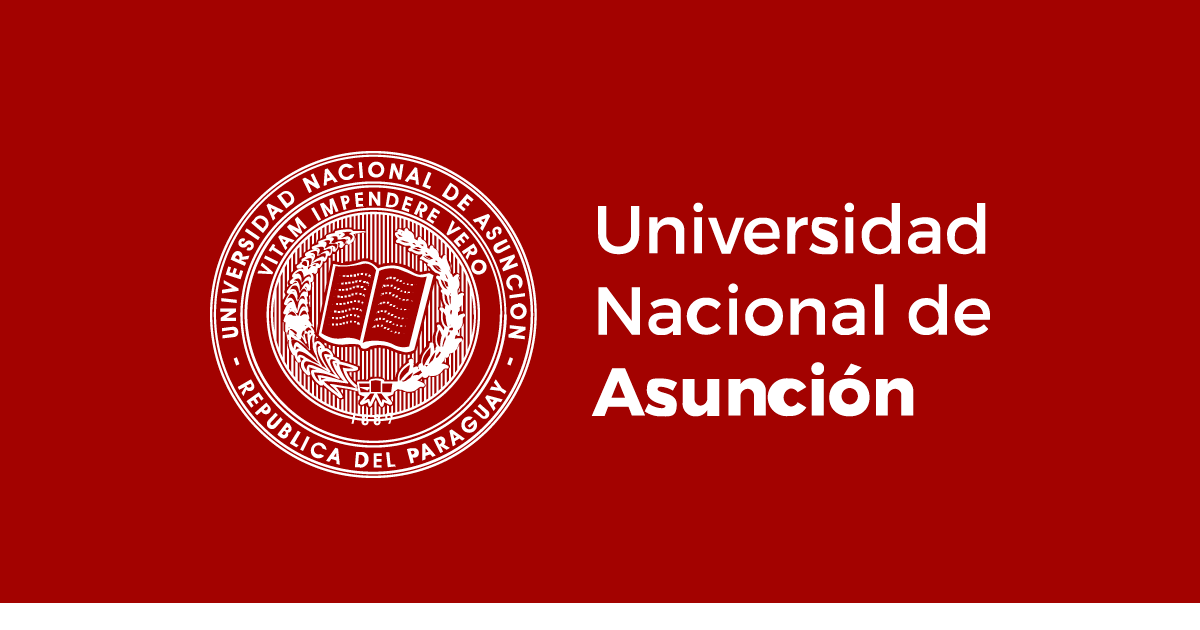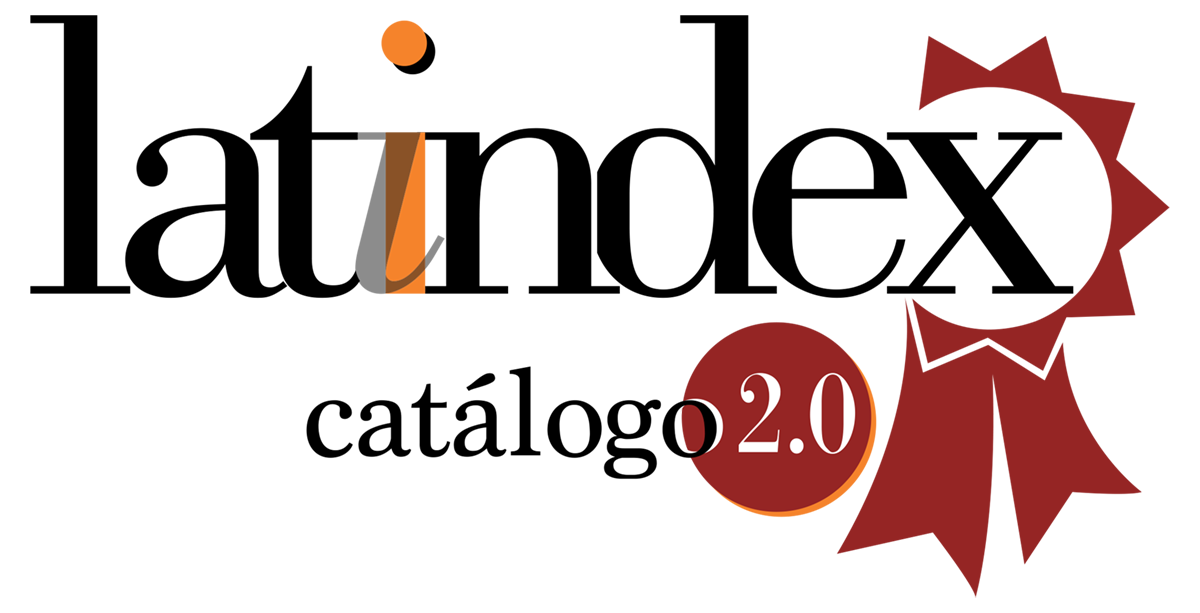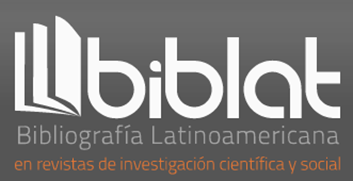Abundance of Macrophomina phaseolina (Tassi) Goid from soybean fields in the Departament of Itapúa-Paraguay
DOI:
https://doi.org/10.47133/IEUNA2027Keywords:
charcoal rot, Glycine max, soilborne pathogen, crop rotationAbstract
The density of viable microsclerotia of the plant pathogen Macrophomina phaseolina in the soil is related to the intensity of the charcoal rot, which causes significant reductions in soybean yield in Paraguay. During January 2017 and again in May 2019, soil samplings were carried out in soybean plots in 5 districts of the Department of Itapúa (Edelira, Tomás Romero Pereira, Capitán Meza, Natalio and San Rafael), during the reproductive phenological stages (R1-R7) with the objective of quantifying the amount of M. phaseolina inoculum in soils with soybean crops. At the time of sampling, a questionnaire was carried out to the owners about the previous crop rotation in their fields. The presence of M. phaseolina was detected in 100 % of the sampled points. The inoculum density varied from 7 to 147 CFU/g of soil, with an average of 51 CFU/g of soil and a median of 48 CFU/g of soil in 2017, while in 2019 the inoculum density varied from 6 to 49 CFU/g of soil, with an average of 25 CFU/g of soil and a median of 23 CFU/g of soil. Lower inoculum density was observed in plots with canola-soybean-soybean crop rotation with averages of 30 and 12 CFU/g of soil. Our results will make it possible to identify areas with high initial populations of M. phaseolina to inform producers in these areas and create a pool of farms where future experiments can be established in commercial fields.
Downloads
References
Coser, S. M., Chowda Reddy, R. V., Zhang, J., Mueller, D. S., Mengistu, A., Wise, K. A., Allen, T. W.., Singh, A. & Singh, A. K. (2017). Genetic architecture of charcoal rot (Macrophomina phaseolina) resistance in soybean revealed using a diverse panel. Frontiers in plant science, 8, 1626. https://doi.org/10.3389/fpls.2017.01626.
Cross, C., Wrather, A., Fothergill, K., Shannon, G., Li, S., Shumway, C. & Rupe, J. (2012). Effect of lactofen, azoxystrobin, and genotypes on charcoal rot, Phomopsis seed decay, and pod and stem blight in soybean. Plant Disease, 96(8), 1154-1158. https://doi.org/10.1094/PDIS-09-11-0810-RE.
Gaetán, S. A., Fernandez, L. & Madia, M. (2006). Occurrence of charcoal rot caused by Macrophomina phaseolina on canola in Argentina. Plant Disease, 90(4), 524-524. https://doi.org/10.1094/PD-90-0524A.
Gajera, H. P., Bambharolia, R. P., Patel, S. V., Khatrani, T. J. & Goalkiya, B. A. (2012). Antagonism of Trichoderma spp. against Macrophomina phaseolina: evaluation of coiling and cell wall degrading enzymatic activities. Journal of Plant Pathology & Microbiology. 3(149), 3-7. https://doi.org/10.4172/2157-7471.1000149.
Gupta, G. K., Sharma, S. K. & Ramteke, R. (2012). Biology, epidemiology and management of the pathogenic fungus Macrophomina phaseolina (Tassi) Goid with special reference to charcoal rot of soybean (Glycine max (L.) Merrill). Journal of Phytopathology, 160(4), 167-180. https://doi.org/10.1111/j.1439-0434.2012.01884.x.
Khangura, R. & Aberra, M. (2009). First report of charcoal rot on canola caused by Macrophomina phaseolina in Western Australia. Plant Disease, 93(6),666-666. https://doi.org/10.1094/PDIS-93-6-0666C.
Kirkegaard, J. A., Wong, P. T. W. & Desmarchelier, J. M. (1996). In vitro suppression of fungal root pathogens of cereals by Brassica tissues. Plant pathology, 45(3), 593-603. https://doi.org/10.1046/j.1365-3059.1996.d01-143.x.
Lodha, S. & Mawar, R., (2020). Population dynamics of Macrophomina phaseolina in relation to disease management: A review. Journal of Phytopathology, 168(1), 1-17. https://doi.org/10.1111/jph.12854.
Mengistu, A., Reddy, K. N., Zablotowicz, R. M. & Wrather, A. J. (2009). Propagule densities of Macrophomina phaseolina in soybean tissue and soil as affected by tillage, cover crop, and herbicide. Plant Health Progress, 10(1), 1-11. https://doi.org/10.1094/PHP-2009-0130-01-RS.
Mengistu, A., Smith, J. R., Ray, J. D. & Bellaloui, N. (2011). Seasonal progress of charcoal rot and its impact on soybean productivity. Plant disease, 95(9), 1159-1166. https://doi.org/10.1094/PDIS-02-11-0100.
Orrego Fuente, A. L., Grabowski, C., Soilan, L., Ferreira, L. & Del Valle, C. (2009). Distribución geográfica de Macrophomina phaseolina en los cultivos de soja, sésamo y maní. In A. L. Orrego-Fuente (Ed.), Macrophomina phaseolina, hongo causante de la pudrición carbonosa del tallo(pp. 27-34). Alamo, SA, FCA, UNA/INBIO.
Reis, E. M., Baruffi, D., Remor, L. & Zanatta, M. (2011). Decomposition of corn and soybean residues under field conditions and their role as inoculum source. Summa phytopathologica, 37(1), 65-67. https://doi.org/10.1590/S0100-54052011000100011.
Reis, E. M., Boaretto, C. & Danelli, A. L. D. (2014). Macrophomina phaseolina: density and longevity of microsclerotia in soybean root tissues and free on the soil, and competitive saprophytic ability. Summa Phytopathologica, 40(2), 128-133. https://doi.org/10.1590/0100-5405/1921.
Romero-Luna, M. P., Mueller, D., Mengistu, A., Singh, A. K., Hartman, G. L. & Wise, K. A. (2017). Advancing our understanding of charcoal rot in soybeans. Journal of Integrated Pest Management, 8(1), 8. https://doi.org/10.1093/jipm/pmw020.
Salas, P. y Sarubbi, H. (2013). Manejo de malezas en el cultivo de soja en el Paraguay. Viabilidad del glifosato en sistemas productivos sustentables. INIA. Serie Técnica No, 131-136. http://www.ainfo.inia.uy/digital/bitstream/item/7633/1/st-204-2013.-p.131-136.pdf.
Smith, B. J., Sarwar, M., Wong, P. T. W. & Kirkegaard, J. A. (1999). Suppression of cereal pathogens by canola root tissues in soil. In P. A. Salisbury, T. D. Potter, G. McDonald & A. G. Green, Proceedings of the 10th International Rapeseed Congress’. Canberra, ACT. http://www.regional.org.au/au/gcirc/2/334.htm.
Smith, D., Chilvers, M., Dorrance, A., T. Hughes, Mueller, D., Niblack, T. & Wise, K. (2014). Charcoal rot management in the north central region. University of Wisconsin Extension Bulletin A4037. https://soybeanresearchinfo.com/pdf_docs/CharcoalRotMgmt_A4037.pdf.
Souchaud, S. (2005). Dinámica de la agricultura de exportación paraguaya y el complejo de la soja: una organización del territorio al estilo brasileño. En: Fogel, R. y Riquelme, M. (16-35). Enclave sojero, merma de soberanía y pobreza. (pp.16-35). CERI, Centro de Estudios Rurales Interdisciplinarios .
Su, G., Suh, S. O., Schneider, R. W. & Russin, J. S. (2001). Host specialization in the charcoal rot fungus, Macrophomina phaseolina. Phytopathology, 91(2), 120-126. https://doi.org/10.1094/PHYTO.2001.91.2.120.
Vale, F. X. R. do, Parlevliet, J. E. & Zambolim, L. (2001). Concepts in plant disease resistance. Fitopatologia Brasileira, 26(3), 577-589. http://dx.doi.org/10.1590/S0100-41582001000300001.
Wrather, A., Shannon, G., Balardin, R., Carregal, L., Escobar, R., Gupta, G. K., Ma, Z., Morel, W., Ploper, D. & Tenuta, A. (2010). Effect of diseases on soybean yield in the top eight producing countries in 2006. Plant Health Progress, 11(1), 29. https://doi.org/10.1094/PHP-2010-0102-01-RS.
Zveibil, A., Mor, N., Gnayem, N. & Freeman, S. (2012). Survival, host–pathogen interaction, and management of Macrophomina phaseolina on strawberry in Israel. Plant Disease, 96(2), 265-272. https://doi.org/10.1094/PDIS-04-11-0299.

















